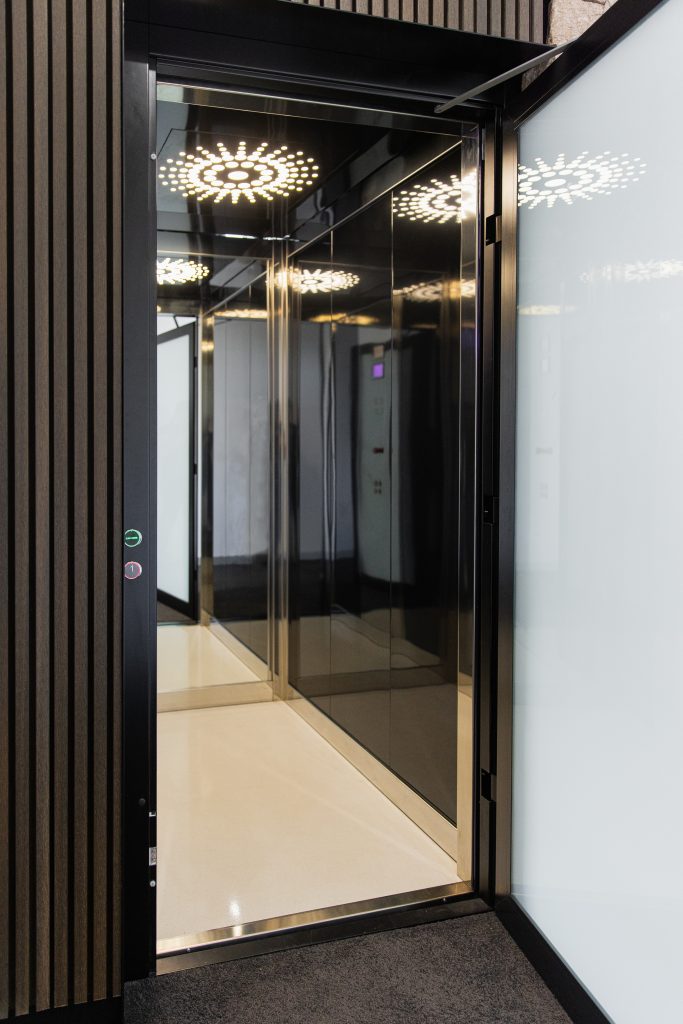Discover Trustworthy Lift Repair Near Me for Rapid and Affordable Solution
Discover Trustworthy Lift Repair Near Me for Rapid and Affordable Solution
Blog Article
Looking Into the Globe of Elevators: Usual Concerns Faced by Different Lift Devices
As we browse with the vertical transportation systems of modern structures, lifts attract attention as an indispensable element of our lives. However, behind their seamless procedure lies a globe of detailed systems that can in some cases experience obstacles. From hydraulic lifts to traction systems and machine-room-less designs, each lift type includes its set of usual problems. Understanding these obstacles is important for guaranteeing the smooth functioning of these important systems. Let's discover the complexities that underlie the procedure of lifts and the potential issues that can develop, clarifying the complex web of lift devices.
Hydraulic Lifts
Hydraulic elevators, frequently preferred for low-rise structures, make use of fluid pressure to manage the activity of the lift vehicle (lift repair companies). This mechanism includes a hydraulic pump pressing oil into a cylinder, triggering the elevator to move in the wanted direction. While hydraulic elevators are understood for their smooth and silent operation, they do come with their very own collection of typical issues
One widespread trouble with hydraulic lifts is oil leak. Furthermore, problems with the control system, such as damaged shutoffs or a malfunctioning pump, can trigger disruptions in the lift's movement.
Normal maintenance and punctual repairs are vital to make certain the smooth functioning of hydraulic elevators. By attending to these typical problems proactively, structure owners can reduce downtime and guarantee the security and efficiency of their vertical transport system.
Traction Lifts
When taking into consideration upright transportation systems in buildings, an additional common kind aside from hydraulic elevators is the traction lift. Traction lifts run utilizing a system of ropes and weights that relocate the lift cars and truck by clutching onto the hoist ropes. This device enables smoother and faster upright transportation contrasted to hydraulic systems.
One of the usual concerns dealt with by traction lifts is rope wear. The consistent movement of the ropes within the grip system can bring about tear and wear gradually, possibly creating the elevator to malfunction or become unsafe for usage. Normal examinations and upkeep of the ropes are important to guarantee the elevator's proper functioning and security.
One more issue that traction lifts may come across is associated with the control system. Troubles with the control system can result in problems such as erratic movement, hold-ups in response times, or perhaps complete closures. Routine testing and maintenance of the control system are essential to avoid such concerns and make sure the lift's integrity.
Machine-Room-Less (MRL) Elevators

Among the essential parts of MRL elevators is the small gearless grip machine that is set up within the hoistway. This equipment successfully drives the elevator auto without the demand for large tools located in standard traction elevators. Additionally, MRL elevators commonly use a weight system to stabilize the cars and truck, additional enhancing their power effectiveness.
In spite of their advantages, MRL elevators may deal with challenges connected to upkeep and repair work due to the confined area for devices setup. Access for servicing elements within the published here shaft can be limited, requiring specialized training for service technicians. Correct upkeep timetables and regular evaluations are vital to ensure the continued smooth operation of MRL elevators.
Overloading and Weight Limitation Issues
Are lifts geared up to deal with excess weight loads efficiently and securely? Overloading and weight limit concerns are crucial concerns in lift operations. Elevator manufacturers style lifts with particular weight abilities to ensure traveler safety and equipment durability. Exceeding these weight limits can bring about different troubles, consisting of mechanical failures, delays, and safety and security risks.
When lifts are overwhelmed, it puts extreme stress on the electric motor, cables, and other parts, potentially creating break downs or malfunctions. If they find excess weight, security systems such as sensing units and overload sensors are in location to prevent lifts from relocating. In addition, exceeding weight restrictions can cause webpage boosted energy intake and damage on the lift system.
To alleviate straining issues, constructing supervisors should prominently show weight limitations in elevators and enlighten passengers on the value of sticking to these constraints - lift repair companies. Normal upkeep checks by certified service technicians can likewise help guarantee that lifts are operating within secure weight specifications. By addressing overloading and weight limitation concerns proactively, building owners can boost elevator safety and security and efficiency
Electrical System Failings
Going beyond weight limits in lifts can not only lead to mechanical concerns however likewise possibly add to electrical system failings within the lift infrastructure. Electrical system failings are a crucial worry in lift operation, as they can cause unforeseen shutdowns, malfunctions, or also safety threats.
Normal upkeep and inspections are crucial to recognize and resolve possible electrical problems immediately, making sure the efficient and safe procedure of lift systems. By sticking to weight limits and conducting routine electrical system checks, structure proprietors can reduce the danger of electrical failures in elevators.
Verdict

Hydraulic lifts, commonly liked for low-rise structures, use fluid pressure to manage the motion of the lift car.When considering vertical transportation systems in structures, one more typical kind aside from hydraulic lifts is the traction lift. Traction elevators operate using a system of ropes and counterweights that relocate the elevator cars and truck by gripping onto the hoist ropes. Unlike conventional lifts that need a different maker area to house the equipment, MRL elevators incorporate most of the elements within the shaft, getting rid of the requirement for a committed machine room.In conclusion, lifts encounter common concerns such as hydraulic malfunctions, grip system failings, and electrical system troubles.
Report this page